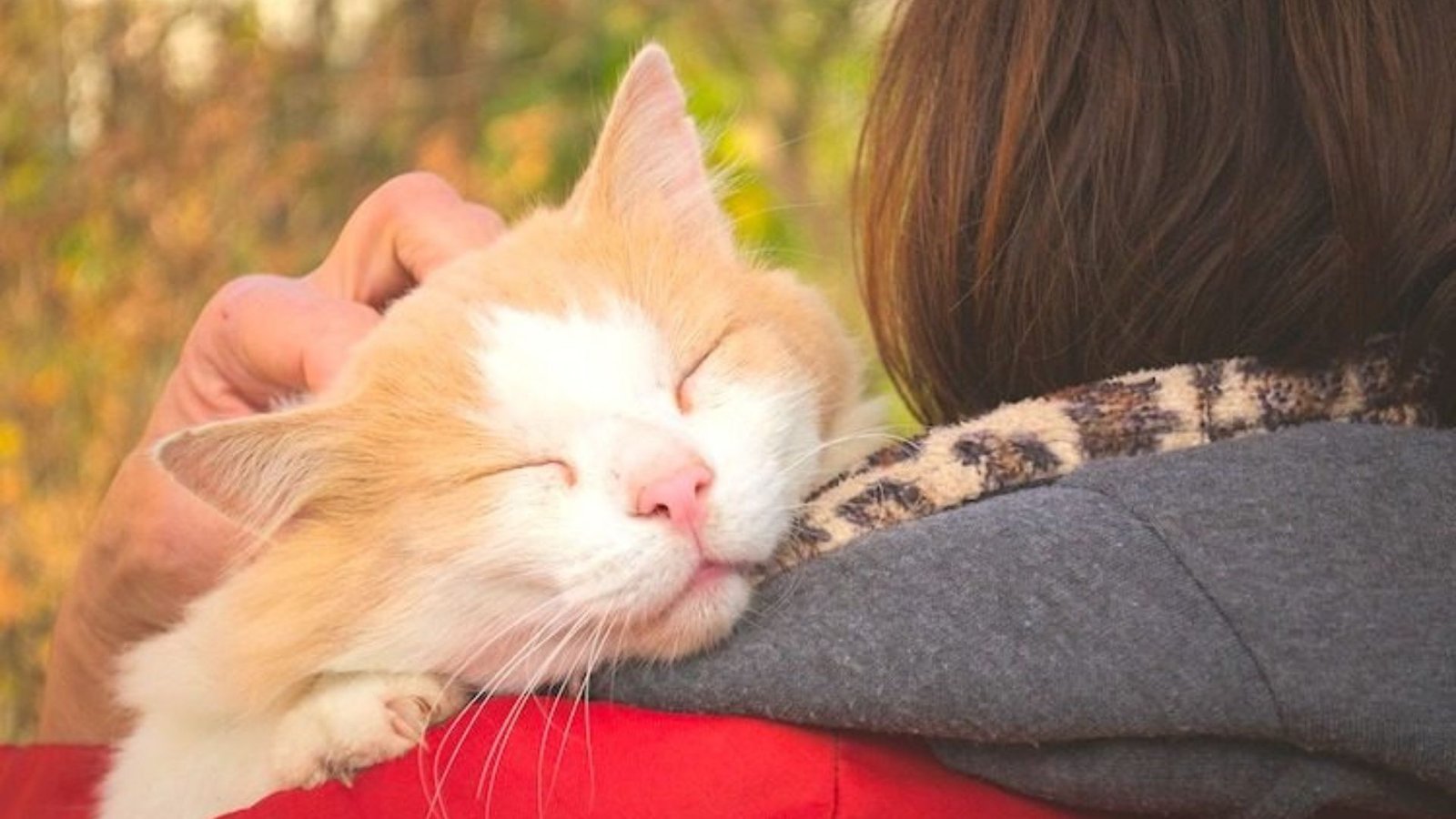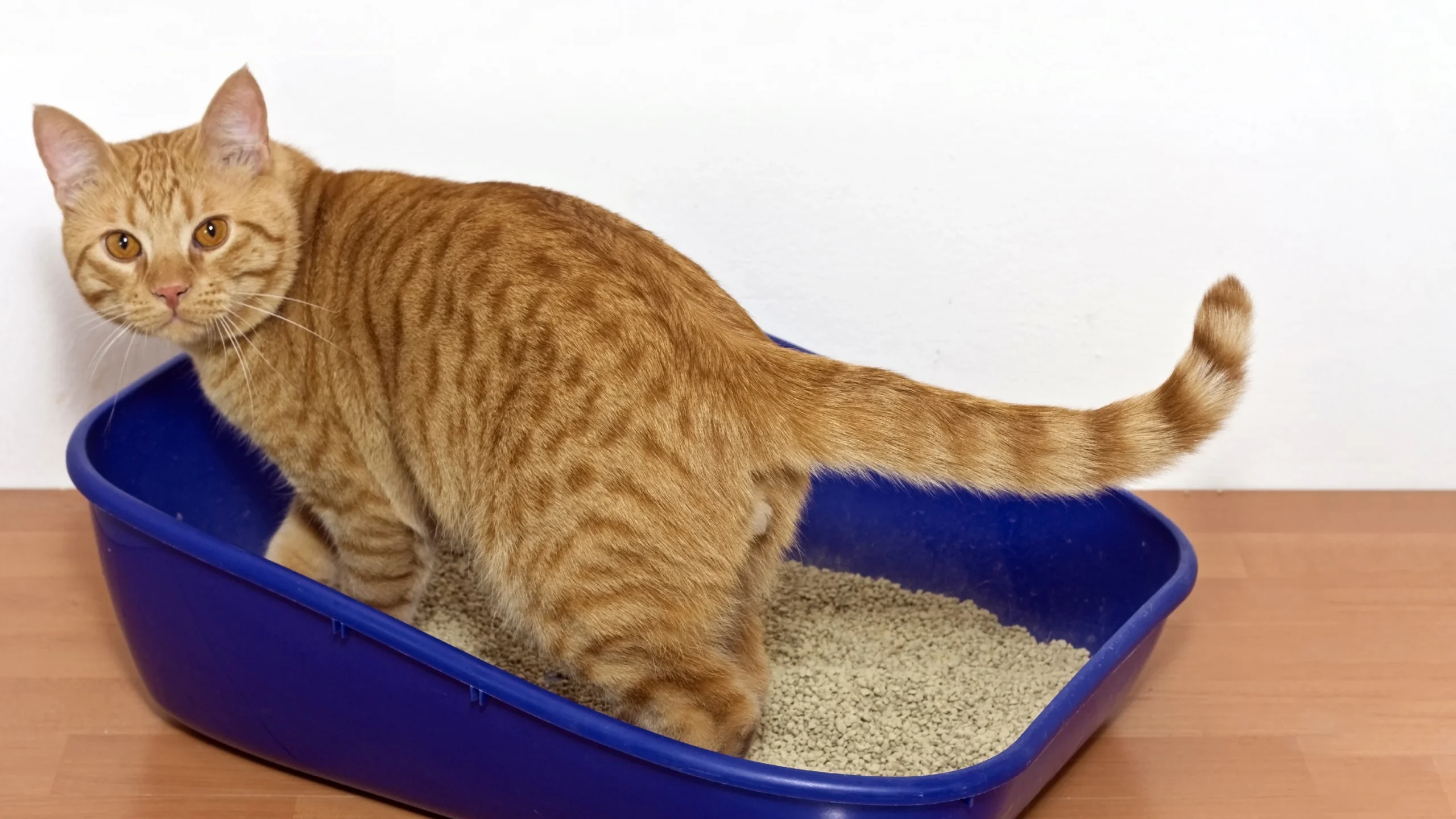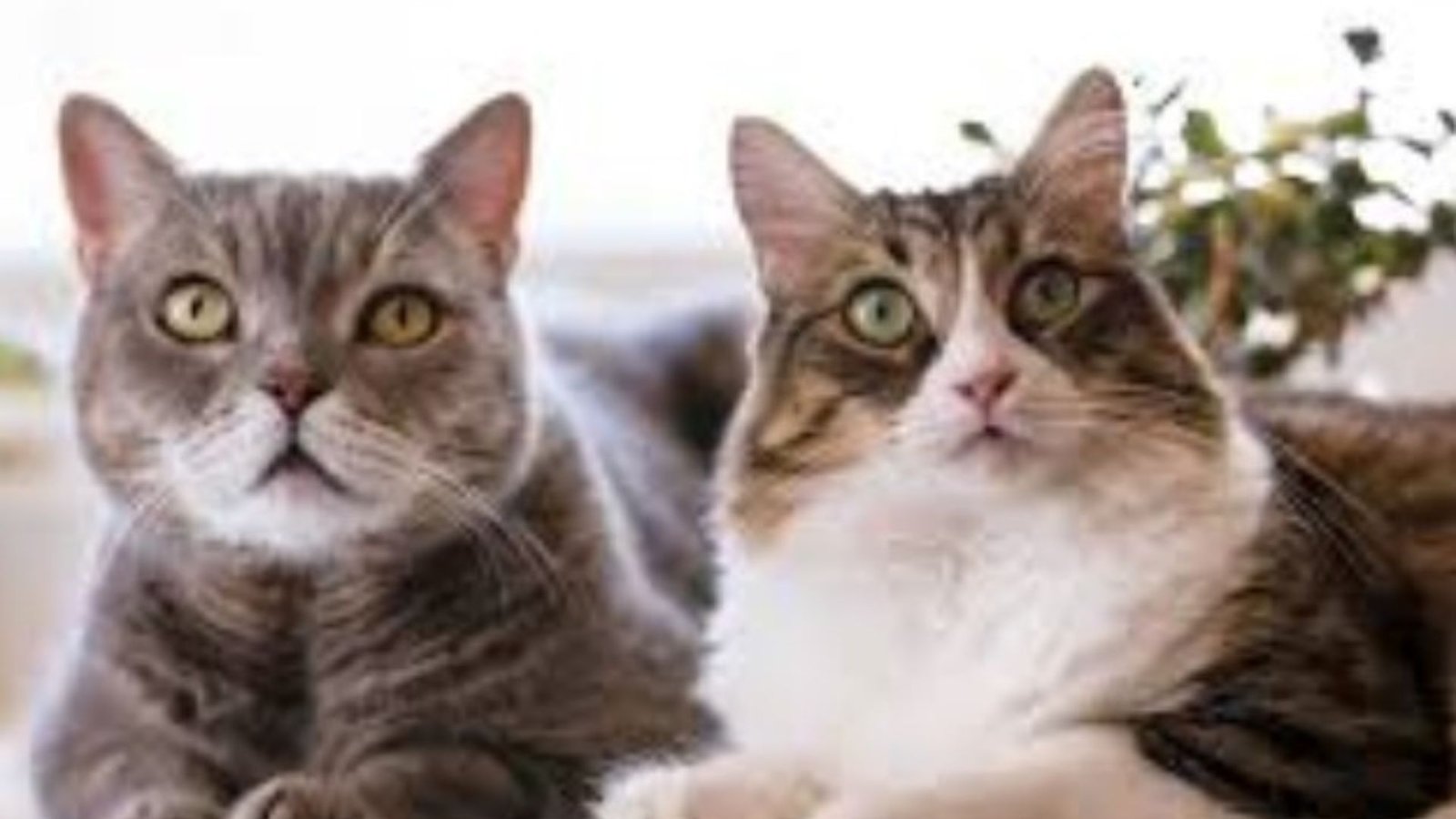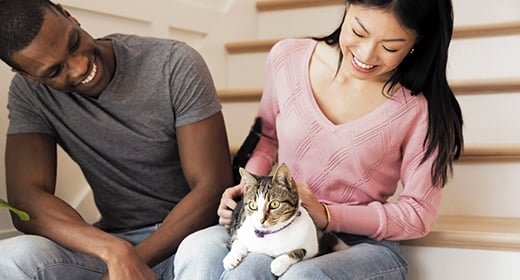When it comes to playful behavior, male cats often stand out. They tend to be more energetic, curious, and playful compared to females, especially during their younger years. But why is this the case? In this article, we’ll delve into the reasons behind why male cats are often more playful and what makes their behavior unique.
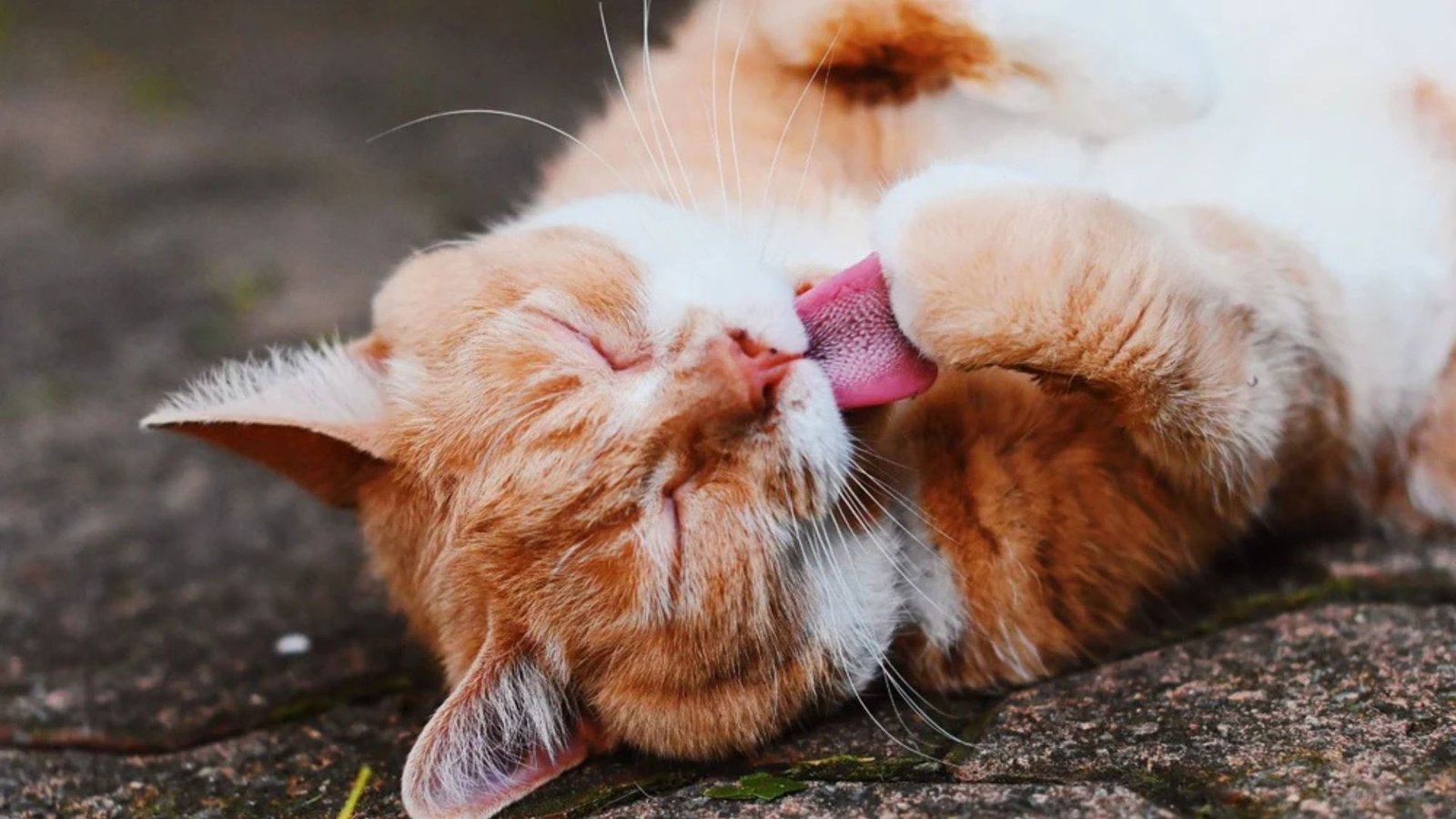
1. Testosterone Influence
One of the key reasons male cats are often more playful is due to testosterone, the primary male sex hormone. Testosterone influences many aspects of a male cat’s behavior, including their energy levels and playful nature.
- Increased energy: Testosterone can make male cats more energetic and playful. They are more likely to engage in rough-and-tumble play, pounce, and chase after toys or their owners.
- Play as practice: Play is a way for male cats to practice hunting and social interactions. Males, particularly unneutered ones, may engage in play that mimics the behaviors they would use in the wild to catch prey or assert dominance.
While female cats also play, male cats tend to show a more enthusiastic and intense play style, especially during their younger years.
2. Socialization and Exploration
Male cats tend to be more social and curious than female cats, which also contributes to their playful nature. They are often more willing to engage with their owners, explore new environments, and try out new toys or activities.
- Social bonding: Play is not only about exercising their instincts but also about bonding with their human companions. Male cats may actively seek out playtime to connect and engage with their owners.
- Exploration: Male cats are often more curious, and this curiosity leads to play behavior. They may knock things off counters, explore new areas of the house, or play with anything they can find, simply to satisfy their need to explore their surroundings.
This inquisitive and social behavior makes male cats seem more playful and interactive.
3. Age and Neutering
The age and neutering status of male cats also play a role in their playfulness. Kittens and young male cats are naturally more active, and they tend to display playful behavior more frequently.
- Kittenhood: Male kittens, like all kittens, are more playful as they are learning the world around them. This phase of exploration and play is essential for their growth and development.
- Neutering: Unneutered male cats, particularly those that have not been altered before reaching sexual maturity, may exhibit higher levels of playfulness. Neutering typically reduces this intensity, making neutered males slightly less energetic but still playful.
However, neutering generally leads to a calmer demeanor, so the most extreme playful behavior is often seen in unneutered young male cats.
4. Behavior Differences Between Male and Female Cats
In general, female cats tend to be more independent and reserved compared to males. While they still enjoy playtime, especially when they’re kittens, male cats often remain more playful throughout their lives. Some key differences include:
- Play style: Male cats may engage in rougher, more energetic play, whereas female cats may prefer quieter play or more solitary activities.
- Bonding: Male cats often seek out more interaction and attention from humans, which may encourage play. Female cats may be more content with alone time.
5. Environmental and Emotional Factors
Finally, the environment and emotional well-being of a cat can influence how playful they are. Male cats that are given plenty of space, interactive toys, and stimulating environments are more likely to express their playful side.
- Stimulating play: Toys like feather wands, laser pointers, or puzzle feeders can encourage playful behavior in male cats. A lack of stimulation, on the other hand, can lead to boredom and less playfulness.
- Affection and interaction: Male cats are often more affectionate and social, so they may engage in more play to bond with their owners. Offering attention and affection can encourage playful behavior.
Conclusion
So, why are male cats often more playful? It’s a combination of hormonal influence, social behaviors, and personality traits that make male cats seem more energetic and interactive. Their higher levels of testosterone contribute to their playful nature, while their curiosity and social instincts drive them to seek out more play opportunities. Whether it’s through chasing, pouncing, or engaging with their owners, male cats often exhibit a more intense and frequent playfulness compared to females.
If you’re looking for a fun and interactive companion, a male cat may be just what you need. With plenty of toys, attention, and a safe environment, your male cat’s playful behavior can be a source of joy and entertainment.

